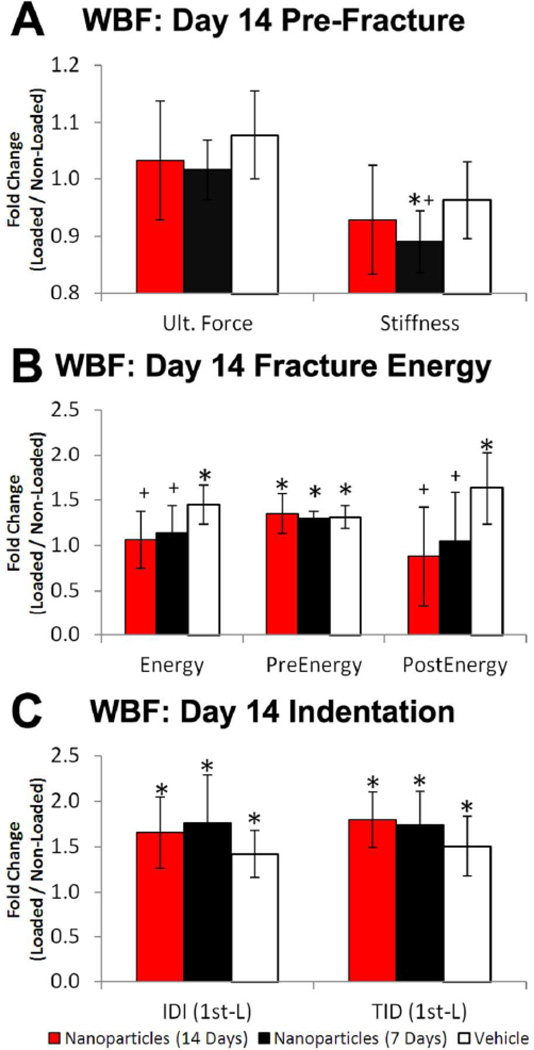Figure 7. Nanoparticle Treatment Impairs Recovery of Mechanical Properties.
Mechanical properties of the skeletal repair following WBF loading were quantified using axial compression. A) Modest decreases in pre-fracture mechanical properties were observed in nanoparticle treated groups compared to vehicle groups. B) Fracture energy was significantly decreased in nanoparticle treated groups. While pre-yield energy was not different between nanoparticle and vehicle treated groups, both post-yield energy and total energy to failure were significantly lowered by anti-angiogenic treatment. C) Indentation testing illustrated greater indentation distance increase (IDI) and total indentation distance (TID) in loaded compared to non-loaded controls, indicating less resistance to indentation and crack propagation in the woven bone of loaded limbs compared to normal cortical bone. Nanoparticle treatment caused a trend of increased IDI and TID compared to vehicle treatment, indicating an effect on local woven bone properties. * p < 0.05 vs. Non-Loaded. + p < 0.05 vs. Vehicle.

